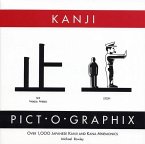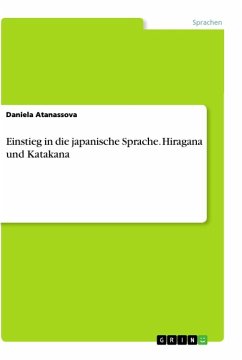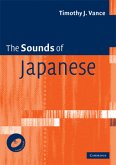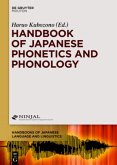Japanese has three major script types, kanji, hiragana, and katakana: kanji are a set of Chinese logographic scripts, and both hiragana and katakana are phonetic syllabaries. Although many observers have commented that words written in katakana are increasing in Japanese writings, there is little empirical data to prove it. This book provides evidence of their increase as well as capturing the differences in katakana usage between different publication outlets, namely, magazines and newspapers as well as television commercials. The increase of katakana words in Japanese writings poses a problem to native readers of Japanese and foreign learners of Japanese whose L1 is English. Although their difficulty seems to be partially caused by the increase of gairaigo (loanwords written in katakana) in Japanese, it has not been accounted for to date from the linguistic perspective. This book examines such reasons linguistically, and offers some suggestions as to how to make gairaigo more comprehensible from the point of view of script policy and pedagogical practice. Thus, this book provides useful information for policy makers and Japanese language teachers as well as learners of Japanese.








